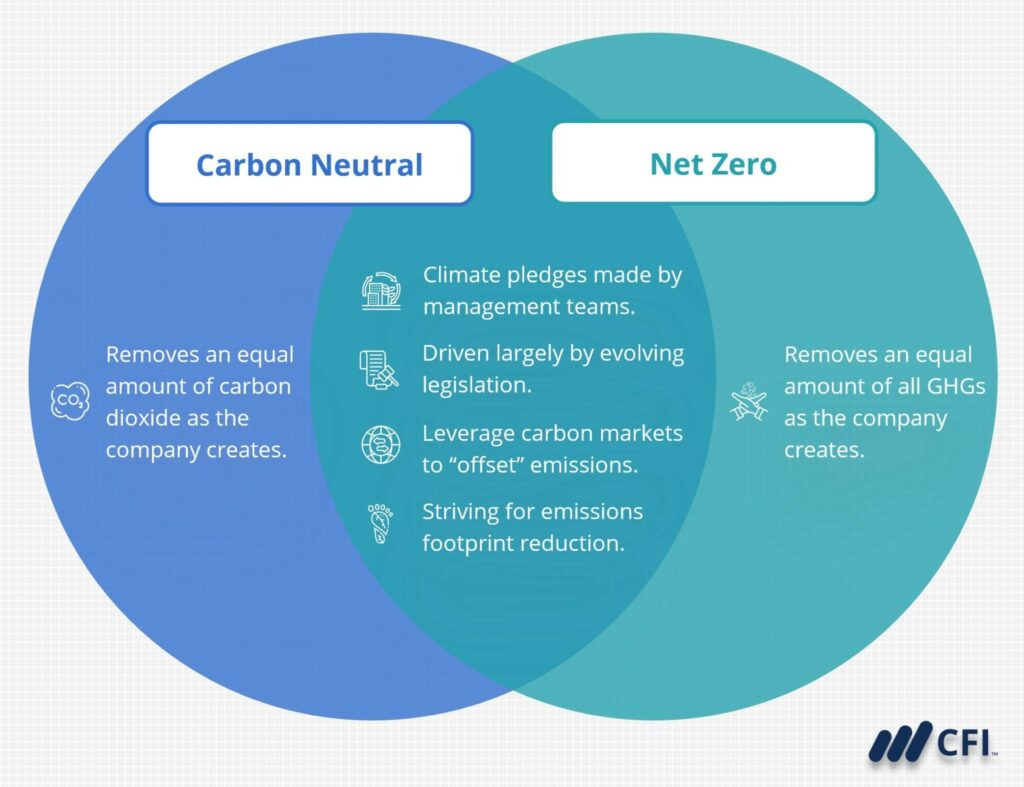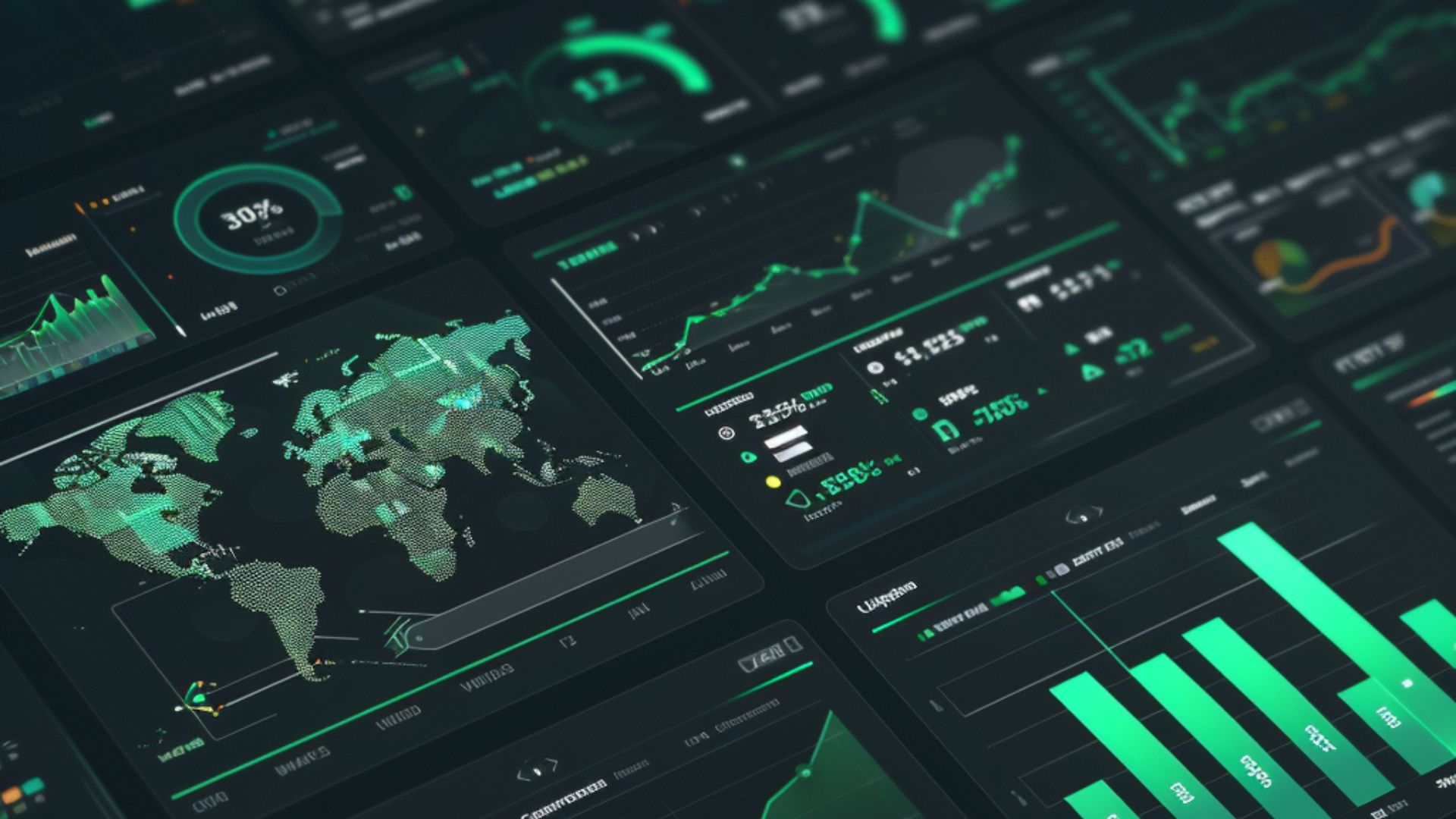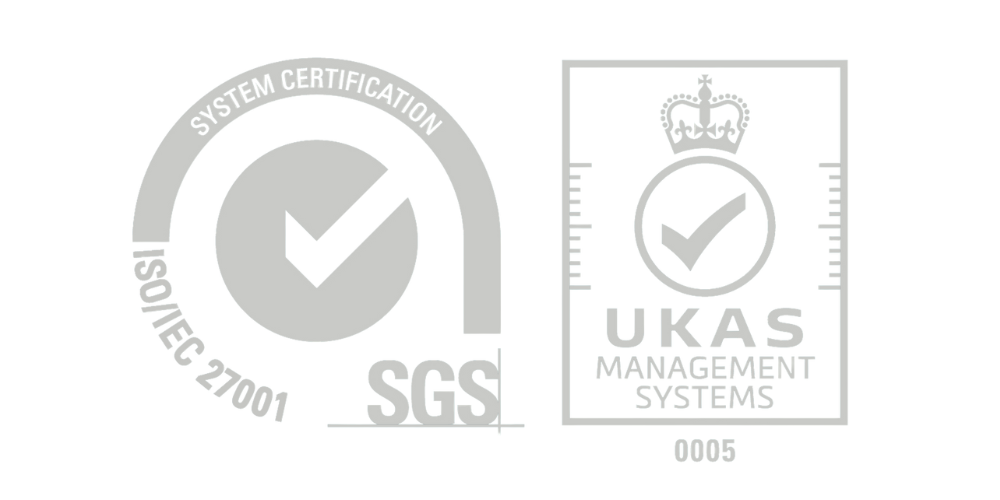As global awareness of climate change continues to grow, many businesses and governments strive to achieve sustainable targets through environmental commitments. Terms such as “carbon neutral vs net zero” and “net zero vs carbon neutral” are frequently used, yet they can be confusing. This guide aims to clarify these terms, explaining their definitions, differences, and the strategies needed to reach these ambitious climate goals.
1. What Is Net Zero?
Net zero emissions refers to a state where the total amount of greenhouse gases (GHGs) emitted into the atmosphere from human activities is balanced by an equivalent amount being removed. This balance is achieved primarily through two approaches:
-
Deep Emissions Reduction:
Drastically cutting down GHG emissions from energy use, industrial processes, and transportation by transitioning to renewable energy, enhancing energy efficiency, and adopting sustainable practices. -
Residual Offsetting:
For any emissions that remain after maximum feasible reductions, offsetting is employed. This can include activities such as reforestation, carbon capture and storage (CCS), and other forms of GHG sequestration.
To achieve net zero, an entity, whether a country, company, or individual, must adopt strategies that not only minimize emissions but also remove or offset any residual gases.
2. What Is Carbon Neutrality?
Carbon neutrality (also known as having a net zero carbon footprint) is the state where an individual, organization, or product balances its total CO₂ emissions by reducing emissions as much as possible and then offsetting the remainder. While similar in aim to net zero, carbon neutrality generally focuses on balancing CO₂ and might include a wider range of offsetting activities, such as emissions avoidance, without strictly prescribing a specific emissions reduction trajectory.
Businesses pursuing carbon neutrality often take these steps:
-
Measure and Analyze:
Calculate the carbon footprint across all operational scopes. -
Reduce Emissions:
Implement initiatives like energy efficiency, renewable energy usage, and process improvements. -
Offset Residual Emissions:
Invest in verified carbon offset projects, such as reforestation or renewable energy, to balance any remaining emissions.
For more on carbon neutrality, check resources provided by the United Nations Environment Programme.
3. Comparing Carbon Neutral and Net Zero
Though both carbon neutral and net zero share the goal of balancing emissions with removals, they differ in scope, methodology, and reporting requirements.
Key Differences
-
Focus:
-
Net Zero: Aims to reduce all GHG emissions (including CO₂, CH₄, N₂O, etc.) as much as possible, with only residual emissions offset.
-
Carbon Neutrality: Primarily focuses on balancing CO₂ emissions, often using offsets, and may include additional emissions avoidance measures.
-
-
Reduction Trajectory:
-
Net Zero: Emphasizes a continuous reduction pathway, typically aligned with science-based targets (e.g., 1.5°C limit).
-
Carbon Neutrality: Achieves an end state where emissions are balanced, without necessarily adhering to a strict reduction trajectory.
-
-
Reporting Boundaries:
-
Net Zero: Requires comprehensive accounting for all GHGs and is more prescriptive about continuous progress.
-
Carbon Neutrality: May use broader reporting boundaries, sometimes including wider value chain (Scope 3) emissions on a voluntary basis.
-

Comparison Table
| Aspect | Net Zero Emissions | Carbon Neutrality |
|---|---|---|
| Definition | A state where all GHG emissions are minimized as much as possible and any residual emissions are fully offset. | A state where CO₂ emissions are balanced by equivalent removals or offsets, achieving a net zero carbon footprint. |
| Scope | Includes all greenhouse gases from human activity (CO₂, CH₄, N₂O, etc.). | Primarily focuses on CO₂, though it may extend to include indirect emissions (Scope 3) on a voluntary basis. |
| Reduction Trajectory | Requires a continual, science-based emissions reduction pathway with only unavoidable residuals offset. | Does not necessarily prescribe a strict reduction pathway; focuses on achieving a balanced outcome through both reductions and offsets. |
| Reporting Requirements | Typically involves rigorous, standardized reporting of all GHGs. | May have more flexible reporting boundaries, encouraging but not mandating comprehensive Scope 3 reporting. |
In summary, net zero refers to the strategic target of reducing and offsetting all greenhouse gases, while carbon neutrality is the operational state achieved once emissions are balanced by removals and offsets.
4. What Does It Mean to Become Carbon Neutral?
When businesses claim they are carbon neutral, they are stating that they have balanced out the total amount of CO₂ they emit with an equivalent amount removed or offset. This often involves:
-
Measuring Emissions:
Assessing the total carbon footprint through established frameworks like the GHG Protocol. -
Implementing Reduction Measures:
Reducing emissions by optimizing energy use, upgrading infrastructure, and switching to renewable energy. -
Offsetting Remaining Emissions:
Investing in projects that capture or prevent CO₂ emissions, such as reforestation or CCS.
Becoming carbon neutral is a powerful commitment that not only benefits the environment but also positions a company as a responsible leader in sustainability.
5. Achieving Net Zero: A Holistic Approach
Achieving net zero involves a more comprehensive effort:
-
Deep Emissions Reduction:
Focus on eliminating as many emissions as possible, aiming for a continual reduction over time. -
GHG Sequestration:
Employ advanced technologies and natural processes to actively remove greenhouse gases from the atmosphere. -
Collaborative Offsetting:
Only use offsets for residual emissions that cannot be further reduced, ensuring that overall GHG emissions are balanced.
Net zero is seen as an ongoing journey toward complete GHG elimination, with technology and innovation playing critical roles.
6. Standards and Frameworks for Carbon Management
To achieve either net zero or carbon neutrality, organizations rely on several internationally recognized standards:
-
PAS 2060:
An internationally recognized standard for demonstrating carbon neutrality. -
Science Based Targets Initiative (SBTi):
Provides guidelines for setting science-based emissions reduction targets.
Learn more about SBTi on our internal post: 7 Key Reasons Why SBTi Is Critical for Corporate Emissions Management. -
GHG Protocol:
Offers a comprehensive framework for carbon accounting, covering Scope 1, 2, and 3 emissions. -
ISO 14064:
Provides guidelines for quantifying and reporting GHG emissions, along with verification standards. -
Regional Directives:
Regulations such as the EU’s Corporate Sustainability Reporting Directive (CSRD) and the UK’s Streamlined Energy and Carbon Reporting (SECR) ensure consistent and transparent reporting.
7. Actionable Strategies for Achieving Climate Targets
Businesses can implement several strategies to move toward both carbon neutrality and net zero.
7.1 Emissions Reduction and Process Optimization
-
Energy Efficiency:
Upgrade facilities with energy-saving technologies. -
Renewable Energy:
Transition to solar, wind, or other renewable energy sources to reduce reliance on fossil fuels. -
Process Improvements:
Optimize manufacturing and operational processes to reduce waste and emissions.
7.2 Leveraging Advanced Technologies
-
Real-Time Monitoring:
Utilize AI-powered sensors and IoT devices to continuously track emissions. For instance, platforms like Climate Trace use satellite data to verify emissions. -
Predictive Analytics:
Use AI to forecast inefficiencies and potential equipment failures, enabling proactive maintenance. -
Automated Reporting:
Integrate systems that automatically compile and analyze emissions data to ensure timely regulatory compliance. -
Supply Chain Integration:
Employ digital platforms to standardize data collection across suppliers, improving Scope 3 accuracy.
7.3 Carbon Offsetting and Trading
-
Verified Offsets:
Invest in projects that meet international standards, such as those provided by Gold Standard or VERRA. -
Market Participation:
Engage in carbon trading schemes to leverage market mechanisms for additional emissions reduction.
8. Global Trends and Policy Milestones
Internationally, significant strides are being made toward reducing GHG emissions:
-
Policy Developments:
The Kyoto Protocol, Paris Agreement, and subsequent national policies have set ambitious emissions reduction targets. -
Regional Directives:
The EU’s CSRD, the UK’s SECR, and upcoming SEC Climate Disclosure rules in the USA are phasing in enhanced reporting standards through 2024–2029. -
Global Collaboration:
Achieving net zero requires coordinated efforts across governments, businesses, and NGOs.
Global Overview Table
| Country/Region | Target Year | Status/Legislation | Source |
|---|---|---|---|
| European Union | 2050 | Legislation in place; CSRD under implementation | European Commission |
| United States | 2050 (proposed) | SEC proposals; EPA GHGRP mandates | US EPA |
| China | 2060 | National targets included in policy frameworks | UNFCCC |
| Japan | 2050 | Targets announced; roadmap under development | Japan FSA |
| United Kingdom | 2050 | Legislation in place | UK Government |
9. Conclusion
The difference between carbon neutral and net zero emissions is crucial for setting realistic climate targets. Net zero is a strategic target focused on reducing all GHG emissions with offsets only for residuals, whereas carbon neutrality is the operational state achieved by balancing emissions through reductions and offsets. Both approaches aim to achieve climate neutrality and contribute to a sustainable future.
By understanding these differences and implementing robust frameworks and advanced strategies, businesses can effectively reduce their environmental impact, meet regulatory requirements, and secure a competitive advantage in the transition to a low-carbon economy.
10. Call-to-Action: Transform Your Sustainability Strategy with Cedars Digital
Achieving your climate goals is within reach. Cedars Digital specializes in advanced AI-powered solutions designed to streamline carbon accounting, enhance data accuracy, and ensure compliance with evolving standards. Whether you’re aiming for carbon neutrality or net zero emissions, our platform provides the tools and expertise to drive your sustainability journey.
Ready to transform your climate strategy?
Contact Cedars Digital today to learn how our innovative solutions can help your business achieve a truly sustainable future.
11. References
- Corporate Finance Institute. (2023). Carbon Accounting. Retrieved from https://corporatefinanceinstitute.com/resources/esg/carbon-accounting/
- European Commission. (n.d.). Corporate Sustainability Reporting Directive (CSRD). Retrieved from https://ec.europa.eu/info/business-economy-euro/company-reporting-and-auditing/company-reporting/corporate-sustainability-reporting_en
- GHG Protocol. (2023). Greenhouse Gas Protocol. World Resources Institute. Retrieved from https://ghgprotocol.org
- ISO. (n.d.). ISO 14064: Greenhouse Gas Accounting and Verification. Retrieved from https://www.iso.org/iso-14064-environmental-management.html
- International Energy Agency. (2021). Carbon Capture, Utilisation and Storage: The role of CCS in achieving net zero. Retrieved from https://www.iea.org/reports/carbon-capture-utilisation-and-storage
- McKinsey & Company. (2020). Sustainability Insights. Retrieved from https://www.mckinsey.com/industries/sustainability/our-insights
- Science Based Targets initiative. (2021). Net Zero Corporate Standard. Retrieved from https://www.sbtibc.org
- TCFD. (2017). Recommendations of the Task Force on Climate-related Financial Disclosures. Retrieved from https://www.fsb-tcfd.org
- U.S. EPA, OAR. (2022). Greenhouse Gas Reporting Program. Retrieved from https://www.epa.gov/climateleadership/scopes-1-2-and-3-emissions-inventorying-and-guidance
- United Nations Framework Convention on Climate Change (UNFCCC). (n.d.). Kyoto Protocol. Retrieved from https://unfccc.int/kyoto_protocol
- Climate Trace. (n.d.). Climate Trace. Retrieved from https://www.climatetrace.org
- CDP. (2019). Briefing: What are Scope 3 Emissions? Retrieved from https://www.cdp.net/en/articles/media/briefing-what-are-scope-3-emissions








